
Material curiosities: Primavera 2025
In its 34th year, Primavera—the Museum of Contemporary Art Australia’s annual survey of Australian artists 35 and under—might be about to age out of itself, but with age it seems, comes wisdom and perspective.
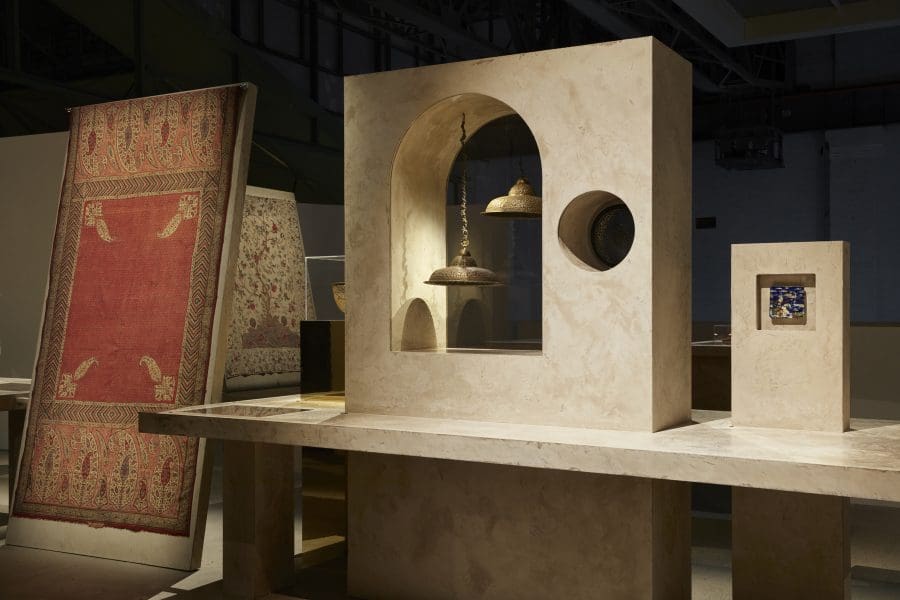
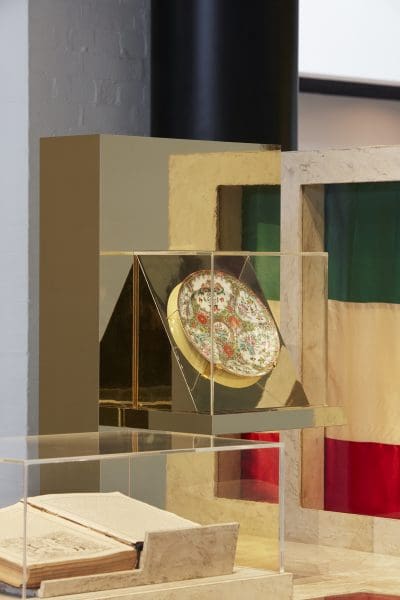
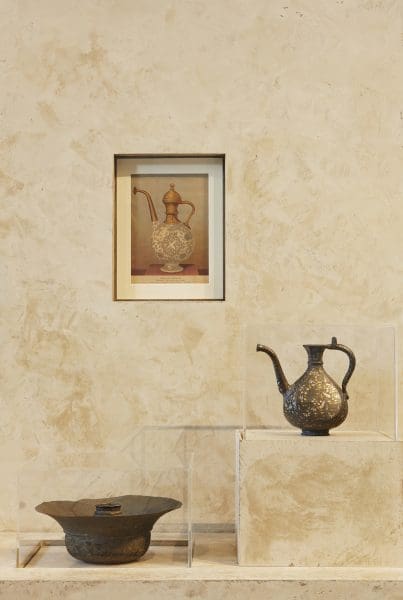
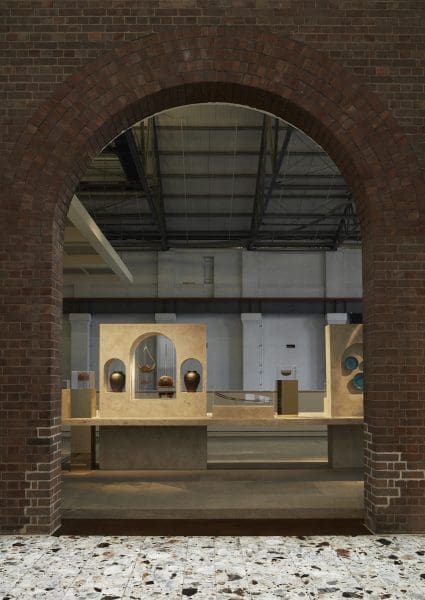

Rolls of lush wallpaper by Australian designer Florence Broadhurst might not be what you would expect to see in Iranzamin, an exhibition of Persian arts and crafts at the Powerhouse Museum of Applied Arts and Sciences (MAAS). But as the curator Pedram Khosronejad says, “You are not in a simple museum, and you are not in a simple exhibition. This exhibition, like the person who curated it, is interdisciplinary and multidisciplinary.”
Khosronejad is a university lecturer, writer, and socio-cultural and visual anthropologist specialising in the art and material culture of Iran, the Persianate societies and the Middle East.
Khosronejad is also the curator of Persian arts at MAAS – a new position created especially for him. Iranzamin translates to ‘the land of Iranians.’ And as he explains, Persia and Iran are similar, but not exactly the same. In 1925 what was then Persia was renamed Iran by a king who sought to project a modern image. But the sphere of Persian influence does not neatly map on to contemporary boundaries. The cultural influence of the Persian empire can still be felt in places such as China, Pakistan, Turkey, Turkmenistan, and many other countries along the ancient trade routes of the Silk Road and the Indian Ocean. And even, as Khosronejad discovered, in Australia.
In 2019 Khosronejad was in Australia, visiting family, when he became interested in some 500 German civilians who had been deported from Iran during World War II and interned here. He interviewed their descendants and found a cache of artworks made by these German-Persians while they were prisoners in Australian camps. Khosronejad felt this body of work demanded attention. As he put it, “I told myself I need to stay in Australia and work on this topic. If I don’t do that, no one else will.” And it was this research that led him to the Powerhouse where he discovered a collection of Persian artefacts that he says is world-class and unique.
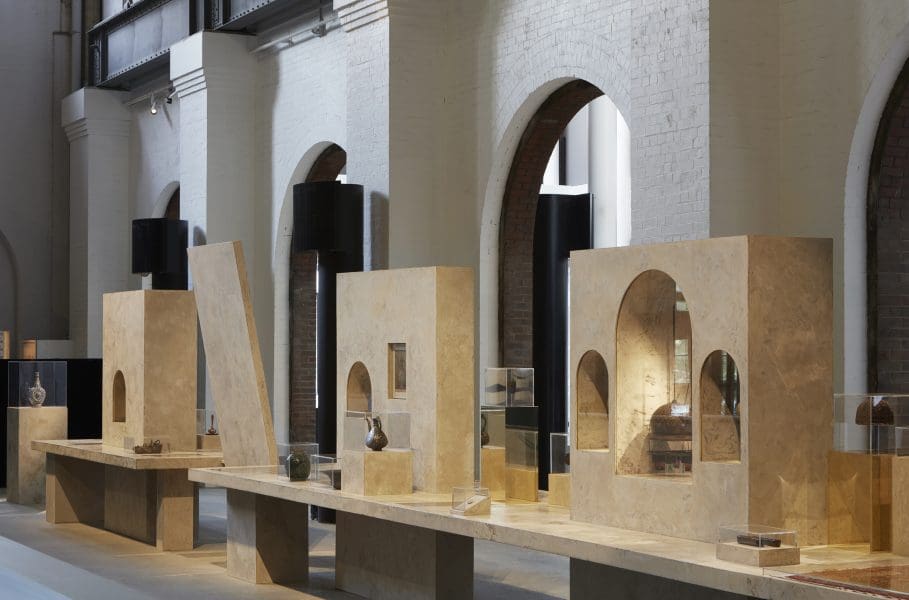
“Objects from the Middle East, the Islamic world, including Persia and Iran, in the Ashmolean Museum, the British Museum, the V&A, they ended up there by way of colonialism. And with the thinking of Orientalism,” he says. “The Powerhouse museum collection is entirely different; it is connected to immigration.”
By this he means that almost all of the objects in the MAAS collection were carried to Australia not as plunder, but as possessions. The hand-woven crafts, carpets and rugs; arms and armour; glass, ceramics and tiles; textiles and embroidery on show in Iranzamin were primarily brought here by migrants and donated by their descendants. “There are chains of immigration that connect Iranzamin together,” Khosronejad insists.
This is where Florence Broadhurst (1899-1977) comes in. Khosronejad unearthed rolls of her wall paper and stacks of her sample books while delving into the Powerhouse archives. After spending days paging through them he came across multiple designs from the 1960s and 1970s featuring Persian motifs, with titles such as Persian Phoenix (Simorgh), Arabian Birds, and Persian Pomegranates and Flowers.
And through his research, the curator linked Broadhurst to Jacques Cadry (1910-2003), a Jewish Persian migrant to Australia who, from the early 1950s, was an importer of Persian rugs and a primary conduit between Sydney and the region’s rich arts and crafts. Khosronejad discovered Cadry and Broadhurst were friends, and he credits her interest in Persian themes, at least in part, to the influence of their acquaintance. So for him, including Broadhurst’s work in Iranzamin, a show all about the impact of immigration – its chains of connection– made perfect sense.
Most curators balk at the idea of selecting one work to sum up their curatorial vision, but Khosronejad doesn’t. Without hesitation he selects a blue painting, circa.1920-1940, which depicts a tree of life rug design, made for carpet weavers to follow. It was designed in Persia by Paul Ratzer, a Russian who was living there. “He ended up here in Australia and became a good friend with Jacques Cadry,” Khosronejad says, “So this beautiful work encapsulates everything that I told you from the beginning: Persian crafts, the collection of objects and images, and the contribution of immigrants not only to Persia but also to Australia.”
A free talks, tours and storytelling sessions are running in conjunction with the exhibition.
Iranzamin
Powerhouse Museum: Museum of Applied Arts and Sciences (MAAS)
19 March – 8 August